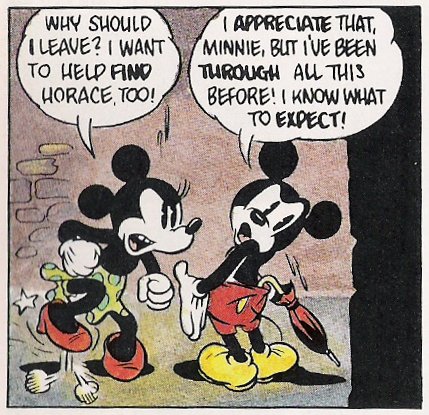
But regardless of such a terminological quibble, Cannon and Lars seem to have the same position here, and I think they’re basically right. Lenin built a party, something that Luxemburg was not able to do with all her great abilities and talents something that Trotsky was not able to do because of his wrong estimation of the Mensheviks.” Genuine Marxism is dynamic, open, critical-minded-and the term “orthodox” often has the opposite connotation. As Cannon put it, “Lenin’s policy was vindicated in life. This fact leaps out from every page of his writings.” Consistent with Lars’ massive study, Lenin Rediscovered, Cannon finds Lenin’s Marxism of the early 1900s to be superior to that of sharp critics who would later evolve into close comrades: Luxemburg and Trotsky. Trotskyism) commented, “Lenin was an orthodox Marxist.

Actually, back in 1931, when reviewing an English-language collection of Lenin’s writings from that early period, James P. Lars has often argued that Trotsky-influenced activists (like me), despite our undoubted virtues, have adhered to a leftist version of the “textbook” critique of the early Lenin.

At the same time, I think Lenin’s representing the “best of Second International Marxism” actually adds up to a close correspondence between Lenin’s thought and that of Karl Marx. Yet it is a collection that leaves out Lenin, except for relatively negative references, especially in the generally quite good scholarly introduction, unfortunately reflecting the flawed “textbook” interpretation that Lars has done so much to demolish: that Lenin’s outlook of the early 1900s was both authoritarian and mistrustful of working class spontaneity. The qualities of these theorists shine through in a remarkable new collection, Witnesses to Permanent Revolution: The Documentary Record, edited by Richard Day and Daniel Gaido. This “best of Second International Marxism” embraces the rich contributions of Karl Kautsky up to 1910, as well as those of Rosa Luxemburg, Franz Mehring, David Riazanov, and of course Leon Trotsky.

THE MARXISM OF VLADIMIR ILYICH LENIN represents-as my friend Lars Lih emphasizes-the best that one can find in the Marxism of the Second International.

The following are Paul LeBlanc’s opening remarks. Lih the author of Lenin Reconsidered: “What is to be Done” in Context were asked to address, “What was distinctive about Vladimir Lenin’s Marxism? What was its relationship to the other forms of Marxism and Marxists of his era? Was Lenin orthodox or heterodox? Was there a 'unity' to Lenin’s political thought, as Georg Lukács argued, or do his major works-What is to Be Done? (1902), Imperialism, the Highest Stage of Capitalism (1916), The State and Revolution (1917), “Left-Wing” Communism: An Infantile Disorder? (1920)-express distinctive and even contradictory phases in Lenin’s political development? How did Lenin’s Marxism overcome-or not-other competing forms of Marxism? How should we understand Lenin’s historical contribution to Marxism, today?” An audio recording of the event is available at the above link. At the 2011 Left Forum, held at Pace University in NYC between March 18–21, Platypus hosted a conversation on “Lenin’s Marxism.” Panelists Chris Cutrone of Platypus, Paul Le Blanc of the International Socialist Organization, and Lars T.


 0 kommentar(er)
0 kommentar(er)
